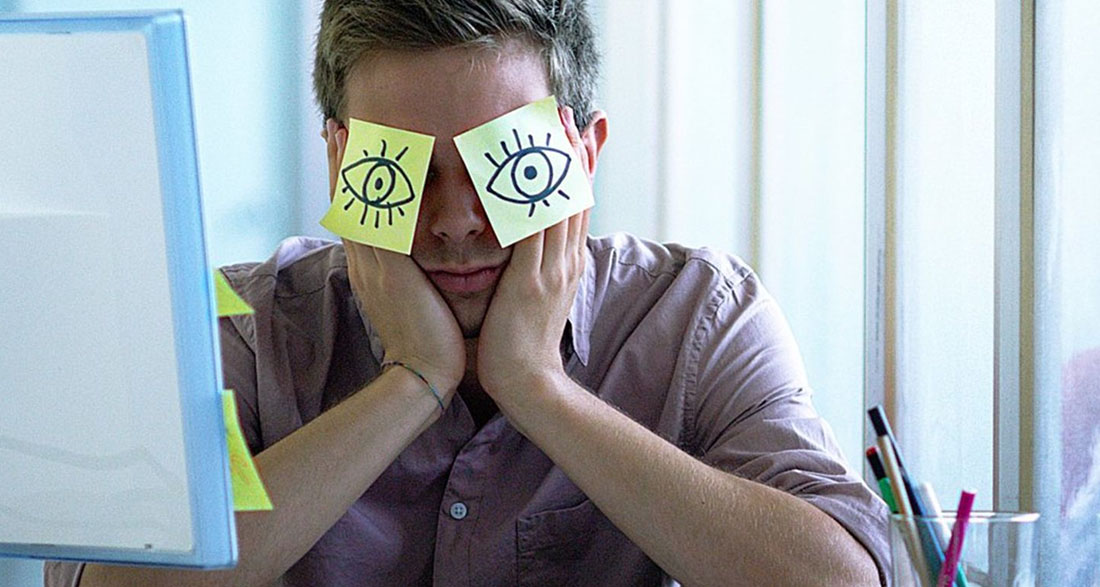Shift work keeps Germany running—but at a cost to health. Whether in manufacturing, healthcare, or transportation, around 17 million people in Germany work in shifts, with approximately 3.5 million regularly working night shifts. Their risk of sleep disorders, cardiovascular diseases, and psychological stress is significantly increased.
Shift Work Disrupts the Internal Clock
“The disruption of the interplay between our internal clock system and the natural day-night cycle not only affects our sleep but also our overall health,” explains Dr. Christian Benedict, neuroscientist and sleep researcher at Uppsala University, in an interview with spot on news.
The problem: Humans are biologically programmed for a fixed rhythm—alert during daylight, tired in the dark. Shift work forces the body to live against its natural cycle.
“Shift work is unnatural and harmful to health. It schedules our activities at the wrong times, disrupting our internal clocks, which can lead to chronic diseases in the long term. It’s not just sleep that is affected but every biological system in the body,” says Mickey Beyer-Clausen, co-founder of the Timeshifter app.
“Diet and exercise can help maintain health, but they don’t solve the fundamental problem of shift work. The issues of shift work stem from disruptions to circadian clocks—and these can only be corrected through light management and targeted sleep planning,” he explains.
Light as the Key to Adjustment
The most crucial regulator of the internal clock is light. “To synchronize our body’s natural rhythm with the Earth’s day-night cycle, we rely on external cues—primarily daylight, which is received through the eyes,” says Dr. Christian Benedict.
But this is exactly where shift work poses a challenge. Those working at night should expose themselves to bright light to stay awake. After a night shift, avoiding light is essential for better sleep. “If you stick to the right timing for light and darkness, you can reset your clock and automatically improve both sleep and alertness,” says Beyer-Clausen.
His Timeshifter app is based on research from Harvard in collaboration with NASA on jet lag in astronauts. It offers a personalized sleep adjustment plan based on individual work schedules and biological needs. The app guides users on when to seek or avoid light—depending on their shifts and personal biorhythms.
How Shift Work Can Be Optimized
“Those who properly regulate their circadian rhythm sleep better and are more alert when needed,” says Beyer-Clausen. His advice: Use bright light during work—whether day or night—to stay awake. Before sleeping, avoid light exposure. This way, the body can be conditioned to rest at the right time, regardless of work hours.
Sleep researcher Dr. Christian Benedict also emphasizes the importance of targeted light management—both for maintaining alertness during shifts and for better sleep afterward. Studies show that exposure to light with a high blue light content during night shifts helps maintain focus—similar to the effect of drinking coffee. But there’s a pitfall on the way home: daylight, which also has a high blue light content, signals the body to stay active. His tip: Wear blue light-blocking glasses a few hours before daytime sleep.
Employers can also play a role in supporting their shift workers. “Companies should not have dim lighting in the workplace. If that’s not possible, they should at least provide a designated area where employees can regularly expose themselves to bright light. Intermittent bright light exposure can be almost as effective as continuous exposure,” says Mickey Beyer-Clausen. Additionally, a gradual transition from early to late shifts (or vice versa) is less stressful than abrupt changes.
Another key measure: sleep screenings for employees. “No matter how well a shift schedule or adaptation strategy is designed—if someone suffers from sleep apnea or insomnia, the fatigue problem will persist.” Regular medical check-ups can detect such issues early—helping to protect workers’ health and improve shift work conditions in a smarter way.






